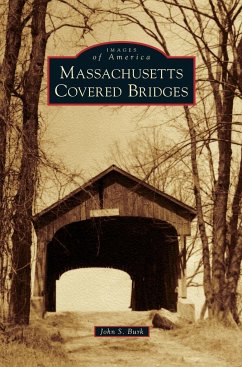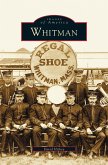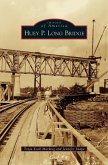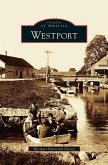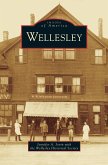From hidden valleys in the Berkshire Hills to the North Shore, 275 documented highway and railroad covered bridges have been constructed in Massachusetts from the early 19th century onward, a figure that often comes as a surprise to those who traditionally associate these unique structures with northern New England. All but a small handful of these are long gone, lost to modern replacements, fires, wear, and the region's notorious weather, especially the devastating storms of the late 1930s. The bridges came in all shapes and sizes, from diminutive 50-foot spans to multitiered structures of nearly 900 feet that crossed the Merrimack and Connecticut Rivers and were stout enough to support railroads across their roofs.
Hinweis: Dieser Artikel kann nur an eine deutsche Lieferadresse ausgeliefert werden.
Hinweis: Dieser Artikel kann nur an eine deutsche Lieferadresse ausgeliefert werden.

